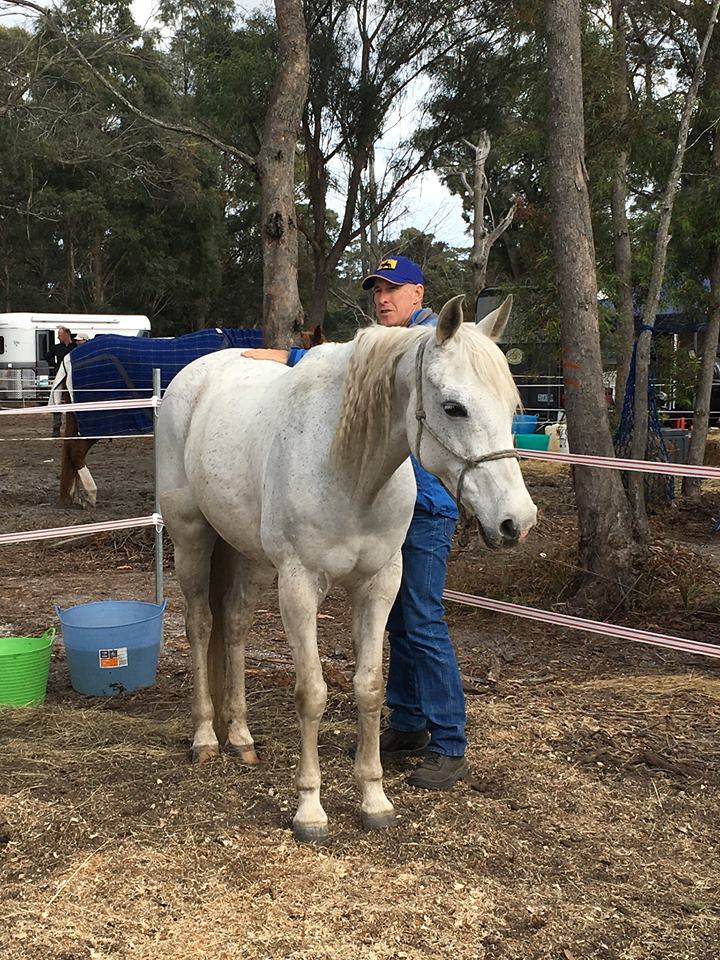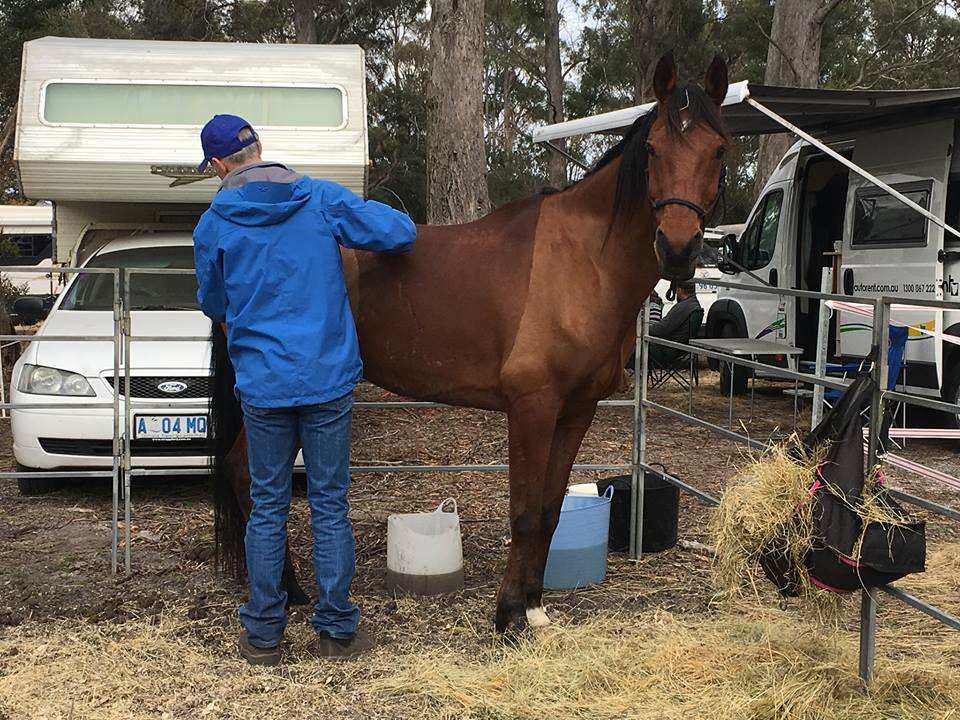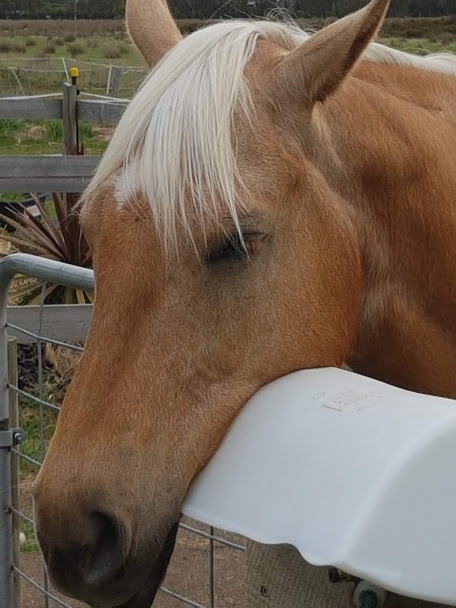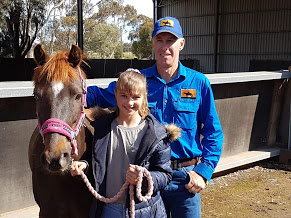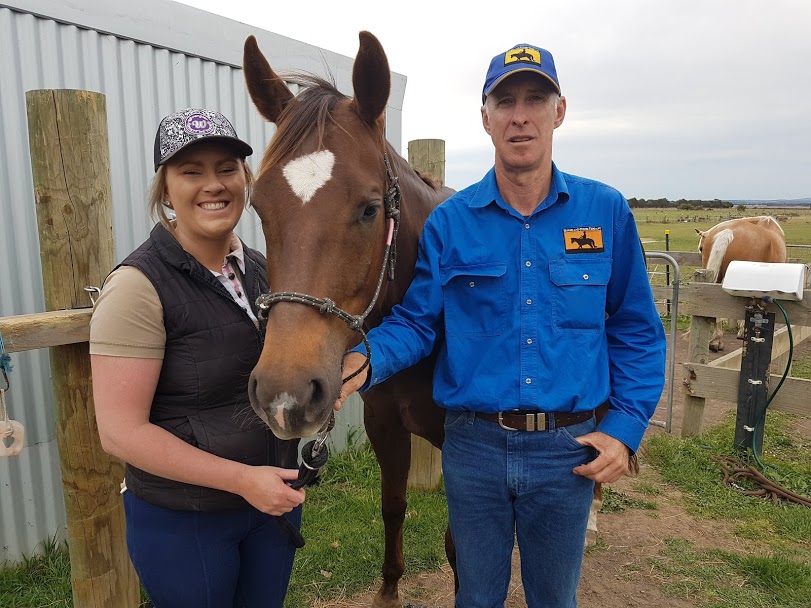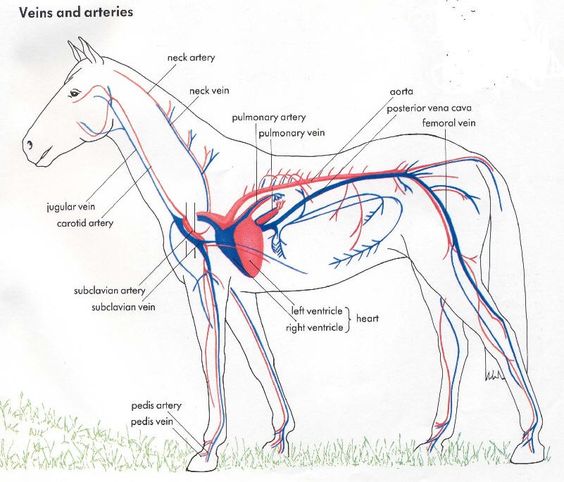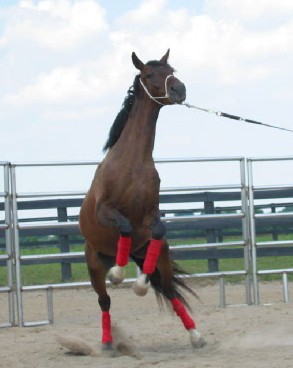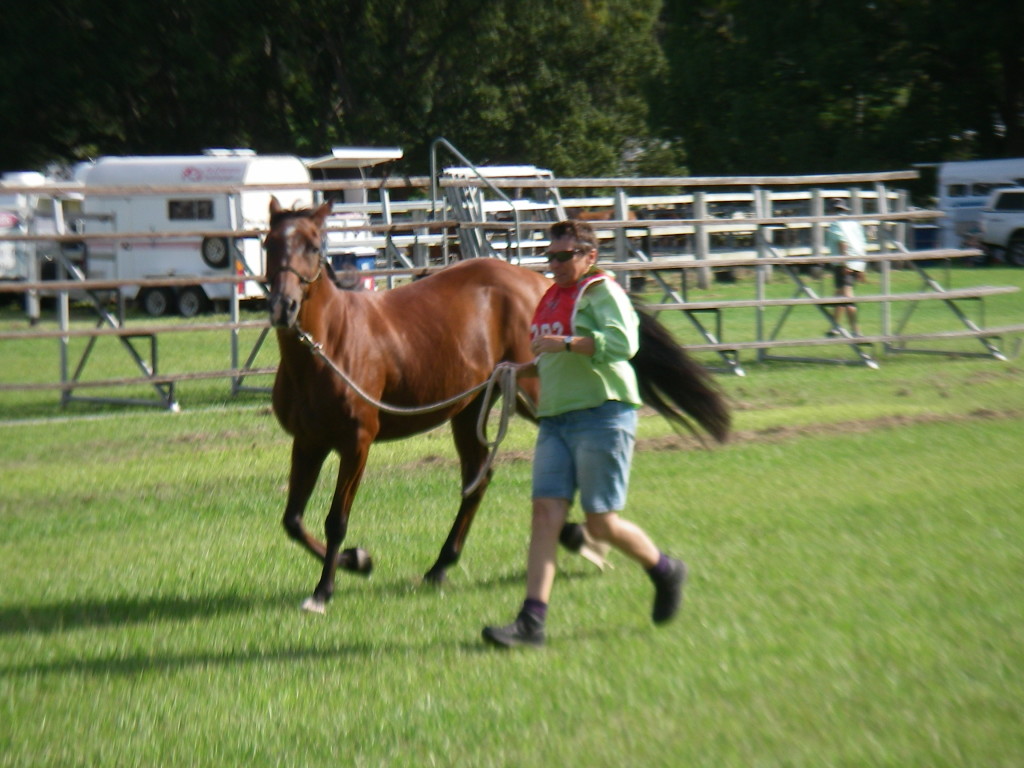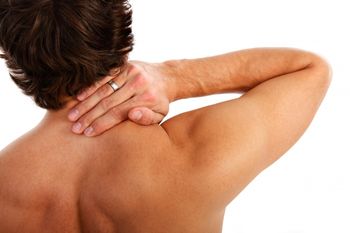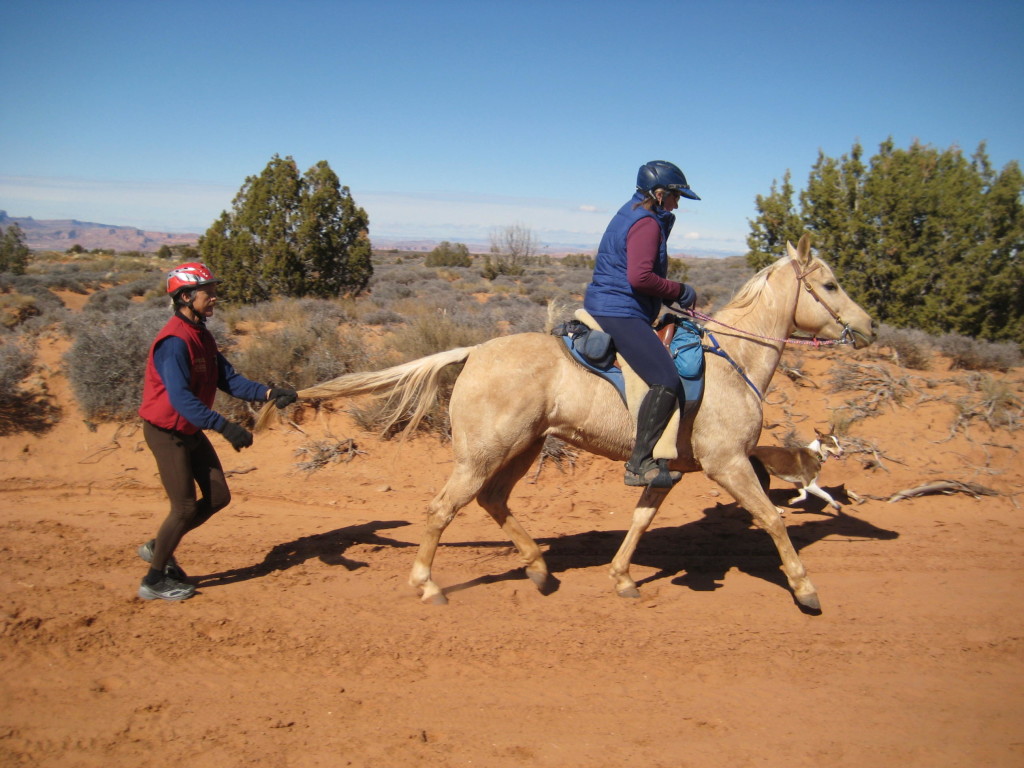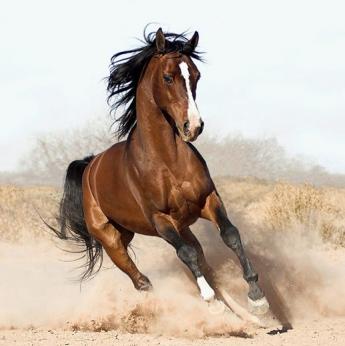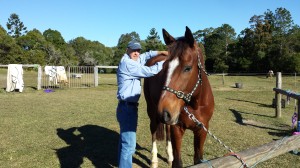Scottsdale 2018 – Tom Quilty – A tail of 2 horses…
In October 2018, I attended the 160km Tom Quilty endurance ride in Scottsdale Tasmania, in the company of my awesome strapers, Phoebe and Gil; my two horses, Sterling Nakeeta and Sterling Soldier; and friend and rider of Sterling Soldier, Wendy Rhia and her partner and straper Rodney. We had made the voyage from the main land with Sterling Nakeeta and I attempting our 7thbuckle, Wendy her 5thand Sterling Soldier his first. Both of my horses have a history of being picky eaters during competition and Sterling Soldier can be quite a handful at times with his huge amount of energy and massive movement at a trot.
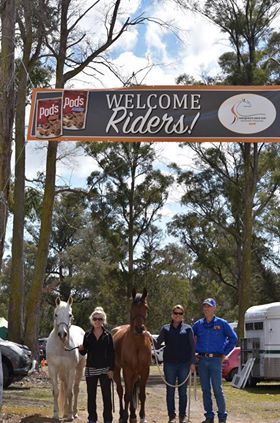
We arrived at base camp on the Thursday with the Tom Quilty due to start at midnight the following day. I had already been acquainted with bowen therapist Wes Russell from the previous years Quilty at Warina Cove in South Australia. He had worked on Sterling Nakeeta during the ride and I was very happy with the results so when I received a message from him a few days prior, I was more than happy to book him in to treat both horses. The non-invasive treatment method of Bowen which Wes uses suits me and the horses. It is preferably not stir anything up close to a competition but the treatment encourages them to eat and drink and urinate efficiently and soothe any low grade niggles which may arise during the ride.
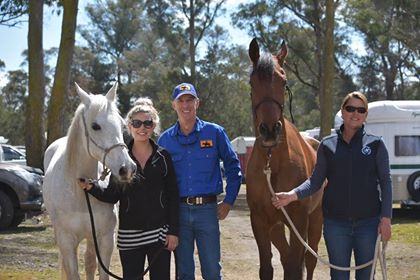
Wes was pretty much at our beck and call from the moment we arrived, despite juggling many other clients at the same time! Both the horses received short treatments prior to the ride and throughout the ride as we saw necessary. It was amazing to see Wes work on my horses and then watch them dive into their tucker and drink. Wes even offered to do Soldier’s trot ups in the vet ring as fatigue hit us, as it takes a lot to keep up with his massive stride. Wes did a fantastic Job with Soldier, not only was his metabolic parameters great after treatment but his gait went from a B to an A from the second to 3rdleg. After the third leg vet check I could tell that Nakeeta was holding on to a wee and I spoke to Wes about it, he did a light treatment and by the time I had her back to her yard she had relaxed enough to pee, it was amazing!
Sterling Nakeeta and I and Sterling Soldier and Wendy completed the Tom Quilty with all A’s in our log books and the horses probably faring better than the riders! I would like to thank Wes for his assistance during the ride, I know my horses were glad to have him there treating them, improving their metabolics, movement and overall wellbeing, I can highly recommend him!

